Alternative Space Station Low-poly 3D model
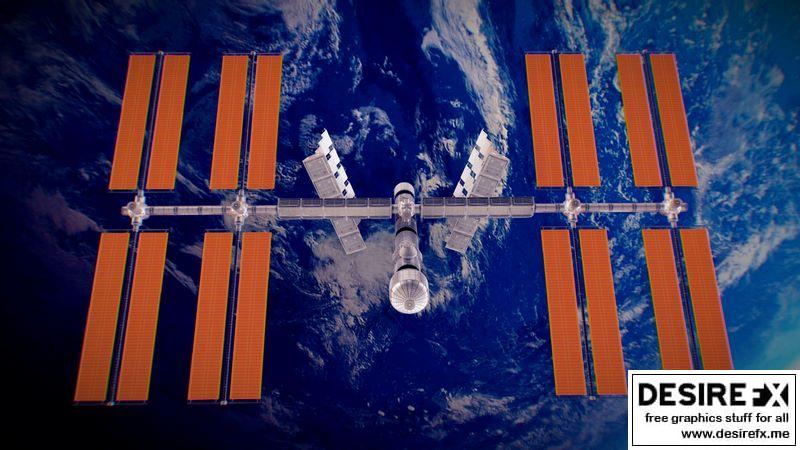
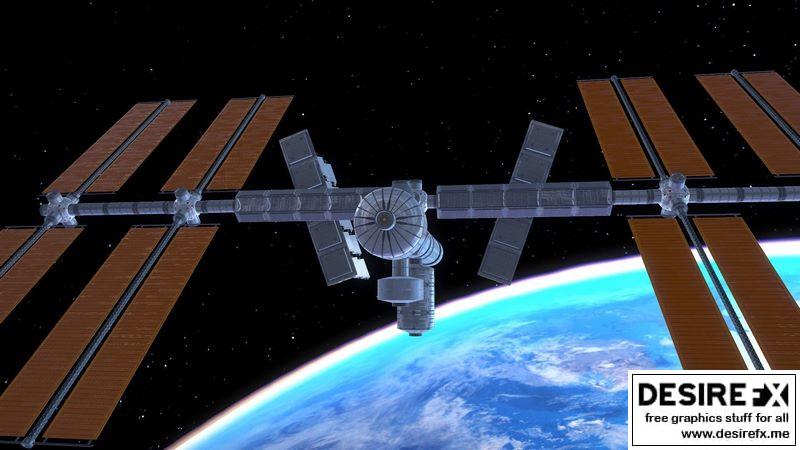
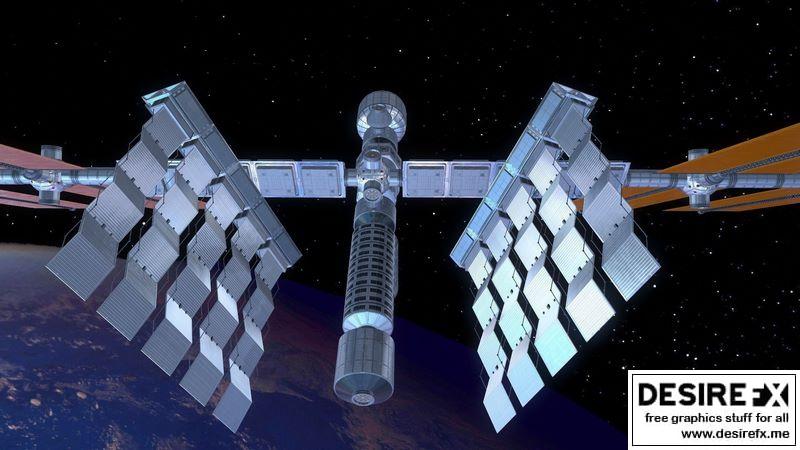
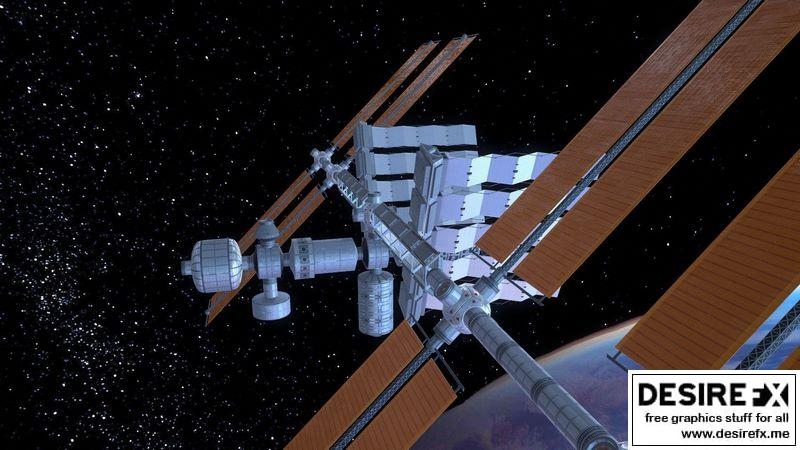

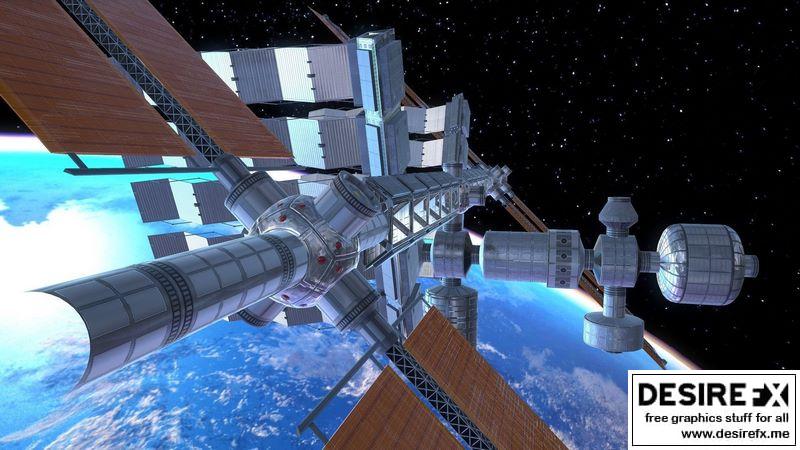
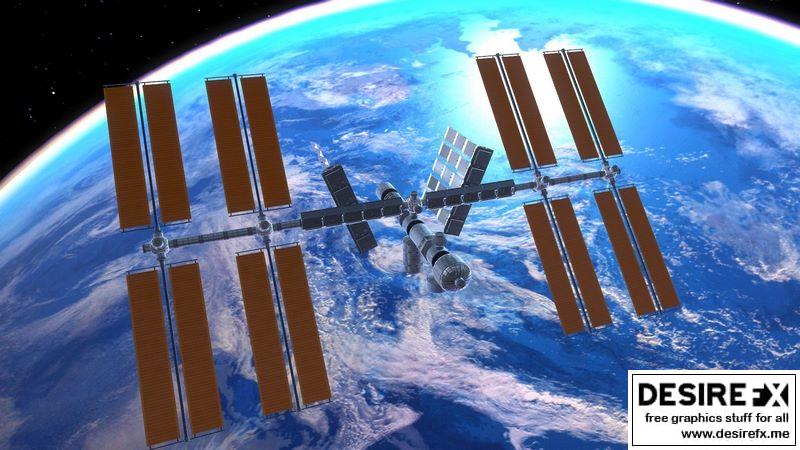
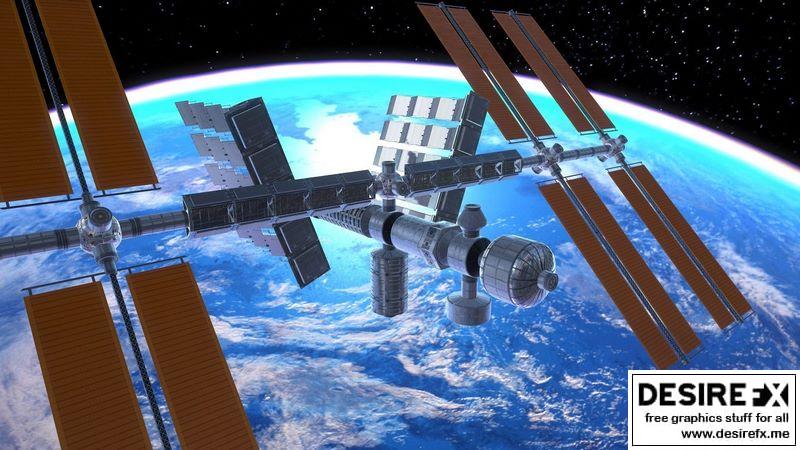
Alternative Space Station Low-poly 3D model
MAX | FBX | OBJ | TEX
A space station is a large, artificial structure designed to orbit Earth or other celestial bodies, providing a controlled environment for various scientific, research, and human activities in space. Space stations are crucial for conducting experiments, studying the effects of long-duration space travel on the human body, and advancing our understanding of the universe.
Key points about space stations:
Purpose: Space stations serve as platforms for a wide range of scientific research, technological development, and international cooperation. They are used to study astronomy, physics, biology, Earth sciences, and more in the unique environment of space.
International Space Station (ISS): The most well-known and long-standing space station is the International Space Station, a joint project involving multiple countries and space agencies, including NASA, Roscosmos, ESA, JAXA, and CSA. The ISS has been continuously inhabited by astronauts from various countries since the year 2000.
Components: Space stations are equipped with living quarters, laboratories, modules, docking ports for spacecraft, solar panels for power generation, and communication systems. These components are interconnected to create a habitable environment for crew members.
Research and Experiments: On a space station, researchers can conduct experiments that take advantage of microgravity, allowing them to study phenomena that are not possible to replicate on Earth. This includes investigations into fluid dynamics, combustion, materials science, and the behavior of biological organisms.
Human Spaceflight: Space stations are essential for studying the effects of long-duration space travel on the human body, which is crucial for preparing for future missions to the Moon, Mars, and beyond.
International Collaboration: Space stations often involve collaboration between multiple countries and space agencies, promoting cooperation in space exploration and research.
Historical Examples: In addition to the ISS, other space stations have been launched and operated, such as Mir (Soviet Union and Russia), Skylab (USA), and Tiangong (China).
Future Development: The development of new space stations is ongoing, with plans for commercial space stations and lunar gateway stations as part of future space exploration efforts.
Space stations play a vital role in advancing our understanding of space, conducting scientific research, and preparing for future space exploration missions. They serve as remarkable examples of human ingenuity and international collaboration in the pursuit of knowledge and progress beyond Earth.
